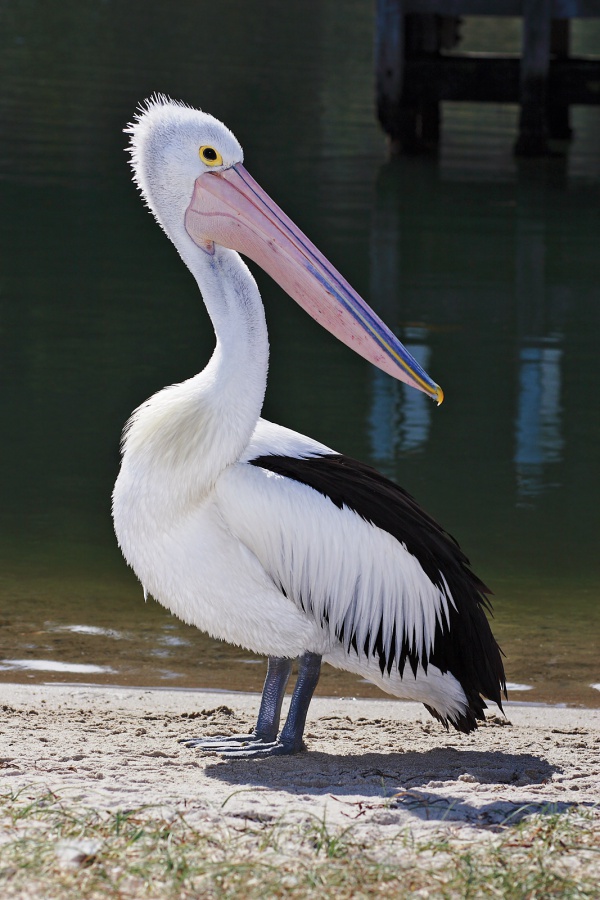Facts About Australian pelican
The Australian pelican is a large and captivating waterbird found across Australia, New Guinea, Fiji, Indonesia, and occasionally New Zealand. With its striking white plumage, contrasting black wings, and distinctive pink bill, it is hard to overlook. Remarkably, this bird holds the record for the longest bill of any living bird!
First described in 1824, the Australian pelican is of medium size compared to other pelican species. The bird boasts an impressive wingspan ranging from 2.3 to 2.6 meters and can weigh between 4 and 13 kilograms. Its bill, which can grow up to 50 cm long, is one of its most notable features. Depending on their age and breeding status, these pelicans can exhibit different colorations, particularly during the courtship period.
Australian pelicans are highly adaptable when it comes to their habitat. They inhabit various water bodies across mainland Australia, Tasmania, and nearby regions, preferring open waters free from dense vegetation. These versatile birds roost in a wide range of environments, from estuaries to industrial areas, as long as there is water nearby for fishing. They move around irregularly, following the availability of food, and can sometimes be found in places like New Zealand, Indonesia, and the Solomon Islands.
When it comes to feeding, Australian pelicans often hunt cooperatively. They typically fish in groups, plunge-diving to catch their prey, which includes fish, insects, crustaceans, and occasionally other birds, reptiles, and amphibians. They breed in communal colonies, building their nests on islands or in sheltered areas close to water. The chicks are initially fed regurgitated food and gradually transition to a diet of fish and invertebrates.
Fortunately, the Australian pelican is not considered globally threatened and is commonly found in suitable habitats. Although they interact with humans in some areas, they remain sensitive to disturbances during nesting. Their ability to adapt to artificial water bodies has helped them cope with habitat loss due to human activities. Currently classified as a species of least concern on the IUCN Red List, the Australian pelican is protected and shows no immediate adverse effects from pollution.
